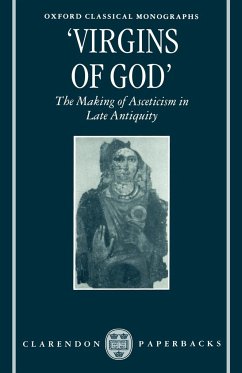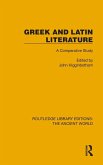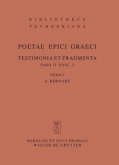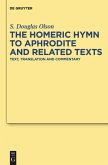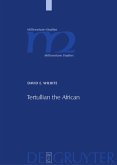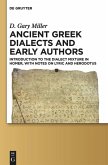Situated in a period that witnessed the genesis of institutions that have lasted to this day, this path-breaking study looks at how ancient Christian women, particularly in Asia Minor and Egypt, initiated ascetic ways of living, and how these practices were then institutionalized. Susanna Elm demonstrates that-in direct contrast to later conceptions-asceticism began primarly as an urban movement, in which women were significant protagonists. In the process, they completely transformed and expanded their roles as wife, mother, or widow: as Christian ascetics, they became 'virgin wives', 'virgin mothers', and 'virgin widows' - with all the legal and economic implications of such a dramatic shift. As importantly, though, Christian men and women ascetics lived together. As 'virgins of God' they created new families 'in Christ'. No longer determined by their human bonds or human sexuality, they were 'neither male nor female'. Finally, the book demonstrates how ascetic bishops - today known as saints - eventually 'reformed' these early models of communal, ascetic life by dividing the 'virgins of God' into monks and nuns and thus laid the foundation for the monasticism we know today.
Many of the institutions fundamental to the role of men and women in today's society have their origins in late antiquity. This revisionist study offers a comprehensive look at how Christian women of this time initiated alternative, ascetic ways of living, both with and without men. The author studies how these practices were institutionalized, and why they were later either eliminated or transformed by a new Christian Roman elite of men now thought of as the founding fathers.
Hinweis: Dieser Artikel kann nur an eine deutsche Lieferadresse ausgeliefert werden.
Many of the institutions fundamental to the role of men and women in today's society have their origins in late antiquity. This revisionist study offers a comprehensive look at how Christian women of this time initiated alternative, ascetic ways of living, both with and without men. The author studies how these practices were institutionalized, and why they were later either eliminated or transformed by a new Christian Roman elite of men now thought of as the founding fathers.
Hinweis: Dieser Artikel kann nur an eine deutsche Lieferadresse ausgeliefert werden.

